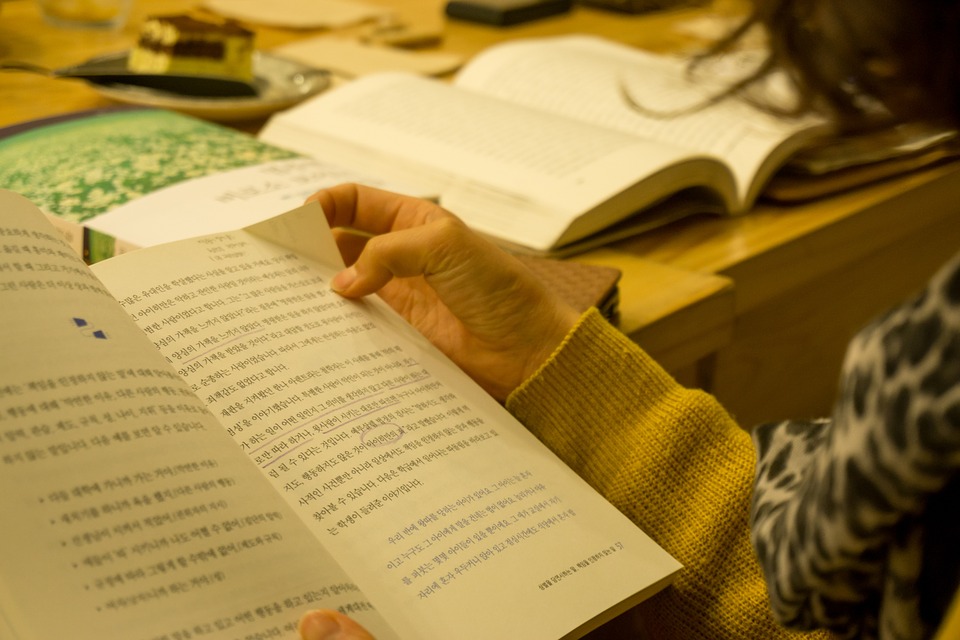Recently, I have been reading up on the benefits of whole class reading. Doug Lemov’s ideas in Reading Reconsidered seem to be (rightly) influencing many primary teachers to eschew small group reading for whole class texts. These ideas seem to align with a trend in my own secondary teaching in the last year or so, to move away from ‘group work’ to reading together.
The theory is that faster, uninterrupted reading of whole texts, as a whole class, allow weaker and reluctant readers to make more progress, with the teacher modelling the thought processes behind good reading. I have to say that this clearly matches what I have found out in my own practice.
Reading the 19th century novel with my year 10s over the past two years has been a challenge, and I have been on a journey about how to do this best. We began by setting the novel for students to read in the holidays, then focused on extracts in class. However, this proved frustratingly unsuccessful for students of all abilities. In the last year, I have settled on going back to basics and we have read the text together, uninterrupted, over a few lessons, then have gone back to analyse the key moments in more detail.
The core structure of the ‘Reading lessons’ has been to:
1. Begin with unpacking key terms and vocabulary.
2. Set a ‘Big Question’ for the chapter, to open up the students’ thinking about the ideas.
3. Read the chapter(s) aloud to the class, pausing at opportune moments to question students about vocabulary, address possible misconceptions, and make links to our Big Question.
4. Set students a written task to reflect on the key ideas in the chapter and answer the Big Question.
None of this is ground-breaking (in fact it reminds me of my own English lessons, when I was at school) but it is effective. By reading aloud to the class, I maintain the fluency, and allow students of all abilities to access challenging texts. I also choose to read significant chunks of the text, in quick succession, so that we make more rapid progress through the book and don’t loose the thread of the plot. Most important is to model, as you read, how good readers think because this allows you to reduce misconceptions and target questions to students to check understanding.
My current students have a much more coherent understanding of Dr Jekyll and Mr Hyde, having used this method. We have spent less time on ‘activities’ and analysing, and yet they have been able to write about the text more articulately and with more confidence. We are now looking to bridge the gap at Key Stage 3 by using the same approach to support our students to become more confident readers.
By Naomi Hursthouse
Head of English Faculty and Specialist Leader of Education
Steyning Grammar School
West Sussex



